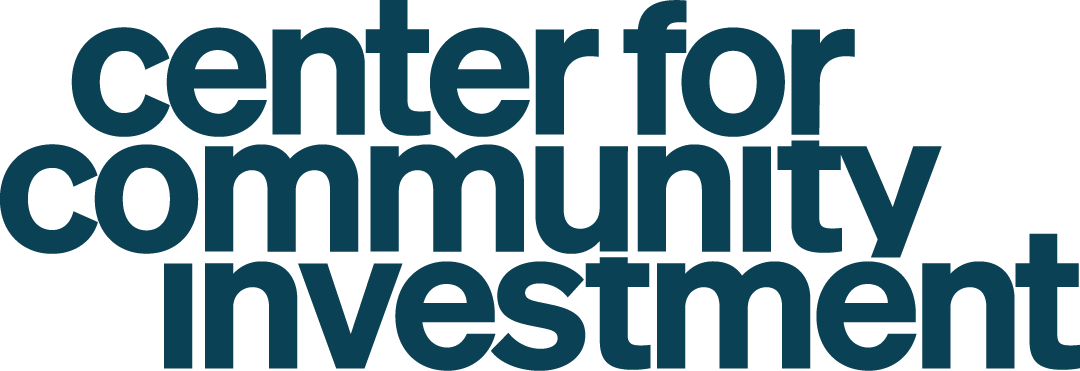In The Uninhabitable Earth: Life After Warming, David Wallace-Wells details the disastrous effects our harm and neglect will have on our world and on our lives. From extreme heat, to disease outbreaks, to political conflict, our future seems bleak. The scale of the challenges we face is great and daunting. Perhaps paradoxically, because we have done so little, there is still much we can do.
In Seattle, an unprecedented collaboration of staff from Seattle Public Utilities; the city’s offices of economic development, sustainability & environment, and planning & community development; a community foundation; and community organizations have chosen to do something. They are developing a model approach to climate adaptation that generates broader equity-based public health and environmental improvements. The team has focused their attention on the Duwamish Valley, where flooding from the city’s only river, a Superfund site, threatens to disrupt one of its most diverse communities as a result of sea level rise.
To deal with the flooding, Seattle Public Utilities (SPU) plans to invest more than $100 million in stormwater management and water quality infrastructure in the next decade. However, the group of stakeholders who have come together to safeguard the community’s resilience in the face of a changing climate and growing economic pressures knew this was not enough to protect the community, so they joined the Center for Community Investment’s (CCI) Connect Capital initiative.
Connect Capital assists community-based cross-sector teams to attract and deploy capital to address their most pressing needs. With a focus on equity, Connect Capital concentrates not only on executing individual projects but also on laying the necessary groundwork to achieve results at the scale needed to address the problem.
By helping diverse teams collaborate across institutions and sectors, CCI helps teams strengthen their community investment systems to more effectively tackle their most pressing issues, like climate change and displacement. The stakeholders from Seattle are one of six teams. The others are from Central Appalachia; Coachella Valley, California; Miami, Florida; Milwaukee, Wisconsin; and Richmond, Virginia. Each team is focused on a result specific to their community, and they all share a commitment to shift the way capital flows in their communities to achieve results at a scale.
It is increasingly clear that climate resilience cannot, and should not, be divorced from economic resilience. The siloed sectors that have worked to solve environmental problems in the past will not be enough to tackle our existential climate change challenges, which are intertwined with our racial and economic inequality. The stakeholders in Seattle are keenly aware that the city’s hot real estate market is as real a threat to the endurance of the South Park community as the dangers of flooding. Any solution to one of these must consider the other.
But across the United States, historically and to the present day, the flow of capital benefits some and harms others, primarily harming people with low incomes and people of color. Infrastructure capital investments might help mitigate and prevent flooding in South Park, but they might also increase and encourage displacement pressures that will make it difficult (and likely impossible) for current residents, primarily people with low incomes and people of color, to continue to live there.
The Center’s capital absorption framework aims to disrupt this. The framework asks: What would it take for capital to flow to a community’s defined priorities and benefit people with low incomes and people of color? We posit that by establishing shared priorities, creating a pipeline of deals and projects that advance the shared priorities, and strengthening the enabling environment that facilitates the development of those deals and projects, communities can better direct investment capital to areas that need it the most.
In Seattle, the team is supporting the development of a community-governed entity that will direct and leverage public, philanthropic, and private investments to create climate justice and economic opportunity while mitigating displacement. They are already advancing a pipeline of projects, including parks, housing, and neighborhood facilities, that will serve as a proof of concept for following a different process that centers community priorities.
Across the country in Miami, the dual threats of sea level rise and housing un-affordability are also an issue. The Connect Capital team there is composed of public sector, nonprofit, and private sector leaders. Collectively, they have identified several strategies, including permitting and zoning changes, to build and preserve more housing in communities that are relatively safe from current and forecasted flooding. The team has already revised the city’s RFP process for affordable housing development financing to reflect their keen awareness that housing and community connectedness are key components to achieve resiliency.
Through the Connect Capital initiative we are seeing that by staking a claim to a bold result and working together to achieve it, are finding new ways to galvanize support in their community to shift the multi-dimensional effects of our new normal. By recognizing that our default siloed patterns of working will not lead to the systemic change we need, the teams are forging a new path that relies on contributions from and collaboration between multiple stakeholders to solve the complex challenges we face.

